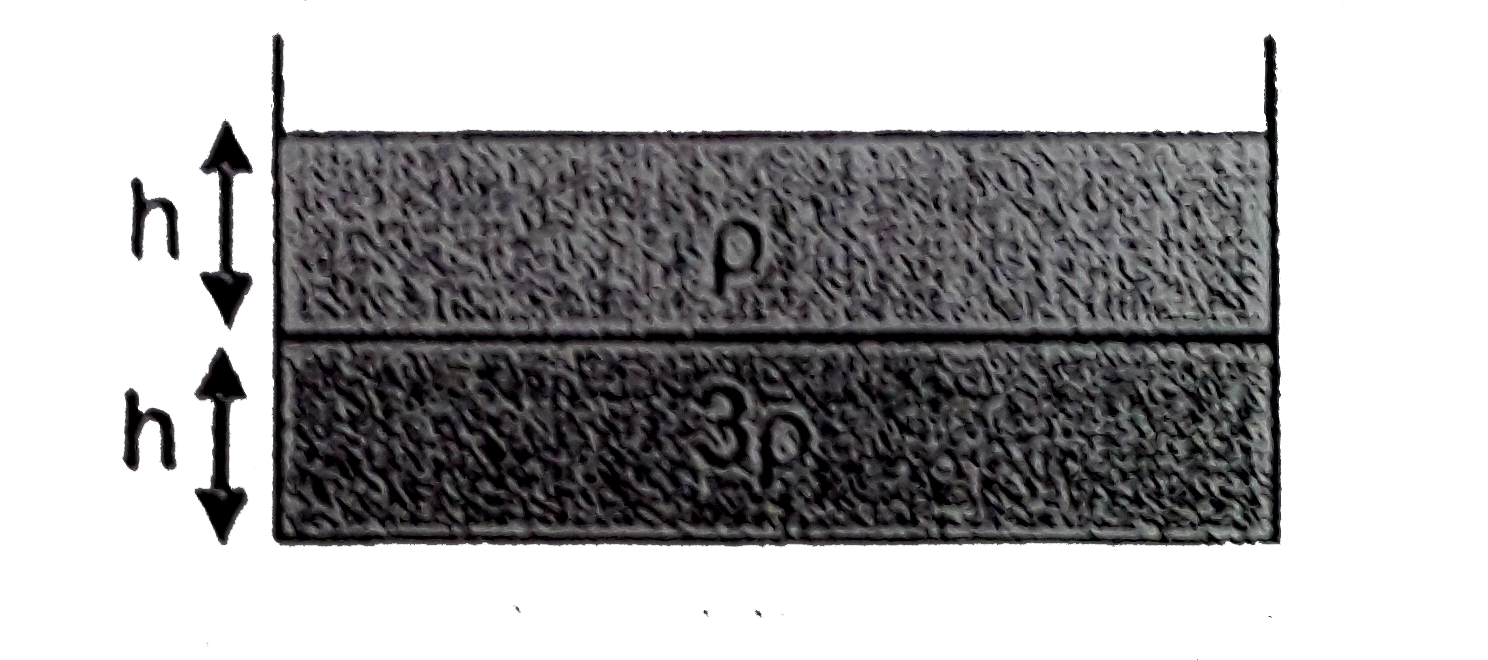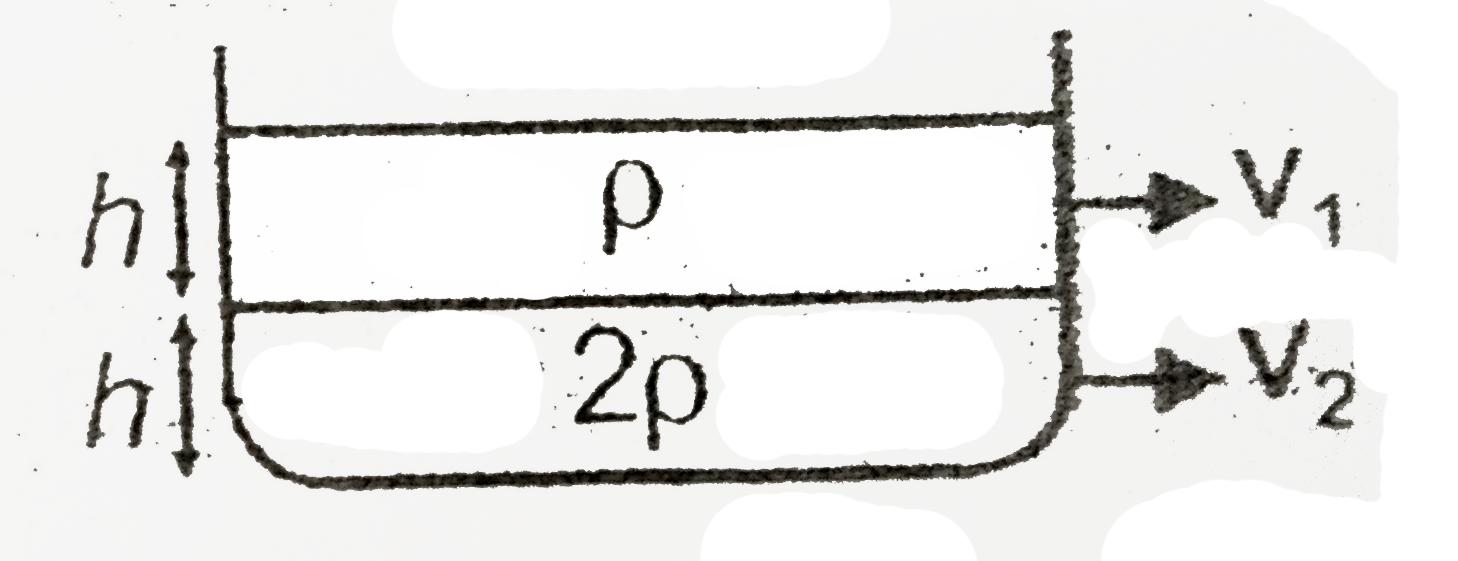What is efflux?
Step-by-Step Solution:
1. Definition of Efflux: Efflux refers to the outward movement of ions from a cell. This means that ions are leaving the cell and entering the surrounding environment.
2. Understanding the Process: In biological terms, when we talk about efflux, we are often referring to the transport mechanisms that facilitate this movement. This can involve various proteins and channels in the cell membrane that allow ions to exit.
3. Comparison with Influx: It is important to differentiate efflux from influx. While efflux is the movement of ions out of the cell, influx is the movement of ions into the cell. This distinction is crucial for understanding cellular processes and ion balance.
4. Example of Efflux: A common example of efflux is the movement of potassium ions (K+) out of a cell. When potassium ions move from the inside of the cell to the outside, this process is referred to as potassium efflux.
5. Biological Significance: Efflux is important for various physiological processes, including maintaining the cell's ionic balance, regulating cell volume, and facilitating signal transduction.
Topper's Solved these Questions
- MINERAL NUTRITION BOOK - MODERN PUBLICATIONCHAPTER - MINERAL NUTRITION EXERCISE - COMPETITION FILE ( OBJECTIVE TYPE QUESTIONS )( E.ADDITIONAL MULTIPLE CHOICE QUESTIONS ) :
20 Videos
- LOCOMOTION AND MOVEMENTBOOK - MODERN PUBLICATIONCHAPTER - LOCOMOTION AND MOVEMENTEXERCISE - OBJECTIVE TYPE QUESTIONS
2 Videos
- MORPHOLOGY OF FLOWERING PLANTS BOOK - MODERN PUBLICATIONCHAPTER - MORPHOLOGY OF FLOWERING PLANTS EXERCISE - CASE BASED SHORT ANSWER TYPE QUESTIONS
2 Videos
Similar Questions
Knowledge Check
In a vessel containing water, a hole is made at a depth of 0.10 m from the free surface. What would be the velocity of efflux ?
A14m/sB4m/sC20.8m/sD1.4m/sLiquid is filled in a vessel of square base (2m×2m) upto a height of 2m as shown in figure (i). In figure (ii) the vessel is tilted from horizontal at 30∘.

What is the velocity of efflux in this case. Liquid does not spills out?A3.20m/sB4.96m/sC5.67cmD2.68m/sA tank of height 9.8 mis completely filled with water. It has an orifice at the centre of one vertical wall. What is the velocity of discharge (efflux) of water through the orifice ?
A4.9 m/sB9.8 m/sC7.5 m/sD19.6 m/s
What is consequence of efflux of K+ ions?
View SolutionAn open vessel contains water upto height 50 cm in it. What is the velocity of efflux through an orifice at height 30 cm above the bottom level ? [Take g = 10 m/s2]
View SolutionIn a vessel of water a hole is made at a depth of 3.5 m from the free surface. What would be the velocity of efflux ?
View SolutionEqual volumes of two immiscible liquids of densities ρ and 3ρ are filled in a big vessel. Two small holes are punched at depth h/3 and 4h/3 from upper surface of lighter liquid. If v1 and v2 are velocities of efflux at these two holes, then v1/v2 is

View SolutionEqual volumes of two immiscible liquids of densities ρand2ρ are filled in a vessel as shown in figure. Two small holes are punched at depth h/2 and 3h/2 from the surface of lighter liquid. If v1andv2 are the velocities of efflux at these two holes then (v2v1)2 is

View Solution
